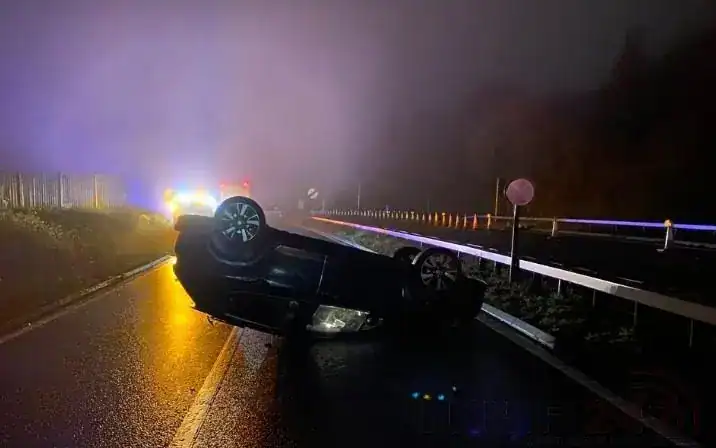AEDs have been installed in HM Coastguard vehicles and stations, giving the service the widest geographical coverage of any emergency service.
It means more lifesaving capability in an emergency and fills some critical ‘gaps’ in bringing AEDs to people in the UK’s most remote communities.
Nearly 500 AEDs are now available in the emergency response and support vehicles, coastal officer and divisional commander vehicles, and all rescue coordination centres of Her Majesty’s Coastguard. AEDs are also located in all other Maritime and Coastguard Agency buildings, including marine offices throughout the UK, providing additional protection for employees in the event of heart-related illness at work.
Additional assistance in local communities
According to Dr. Paddy Morgan, Medical Director of HM Coastguard, the introduction of AEDs can benefit people in local communities as well as coastal incidents:
“Minutes really do count in the event of a cardiac arrest, and having quick access to an AED can mean the difference between someone going home to their loved one or not.” We have become an integral part of the network that reduces the time to effective defibrillation for people in our communities in an emergency by working with our partners in other emergency services,” he said.
Peter Mizen, Chief Coastguard of Her Majesty’s Coastguard, stated:
“For more than 200 years, our goal has been to keep people safe at the coast and at sea, and caring for those around us as well as our own people is inextricably linked to that.”
“As the national maritime emergency service, we have a broader role to play as members of local communities, often in remote and rural areas where we provide critical support to our emergency service partners.” “By keeping them in our vehicles, we ensure that they are immediately available for our teams who may encounter emergencies on their regular safety patrols and when we attend public events,” he explained.





































